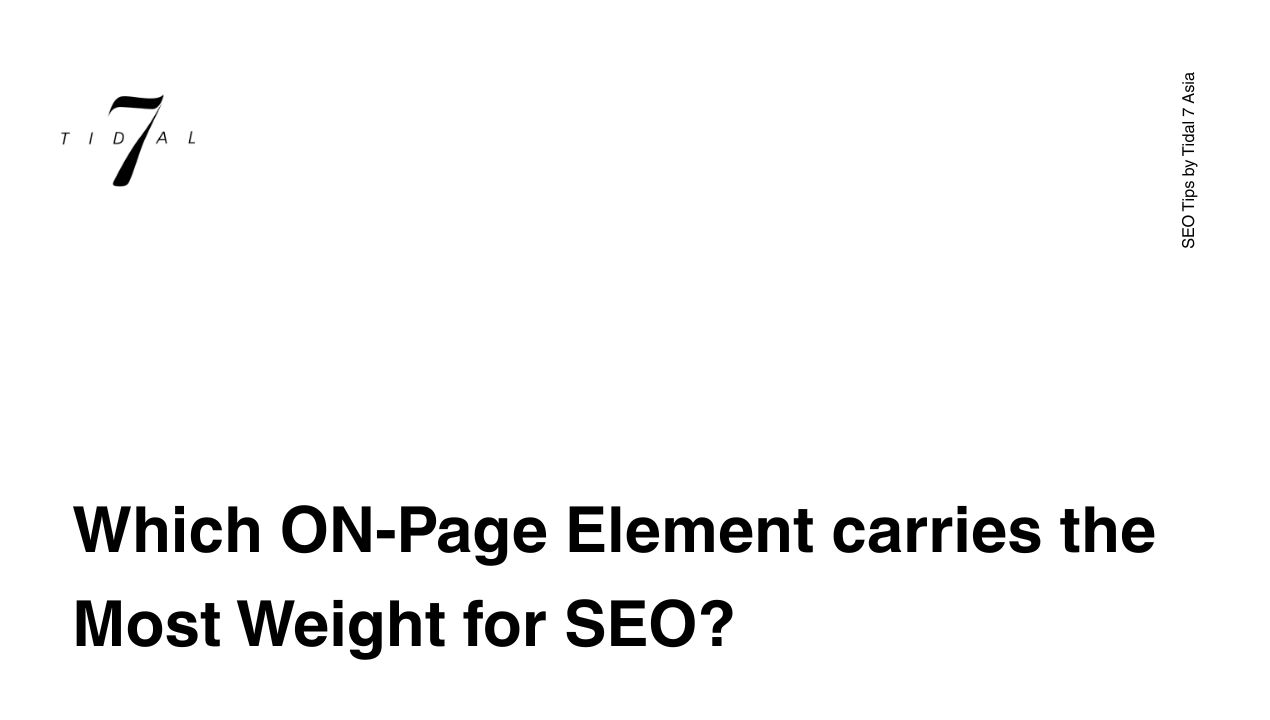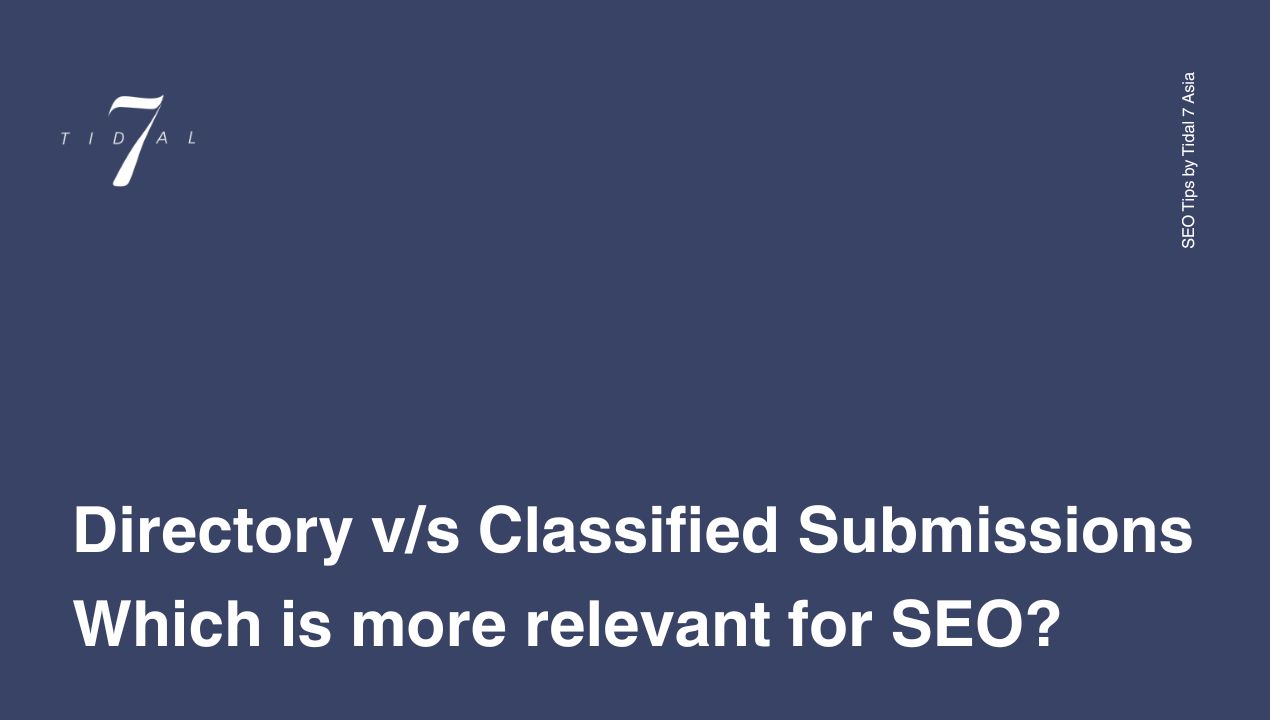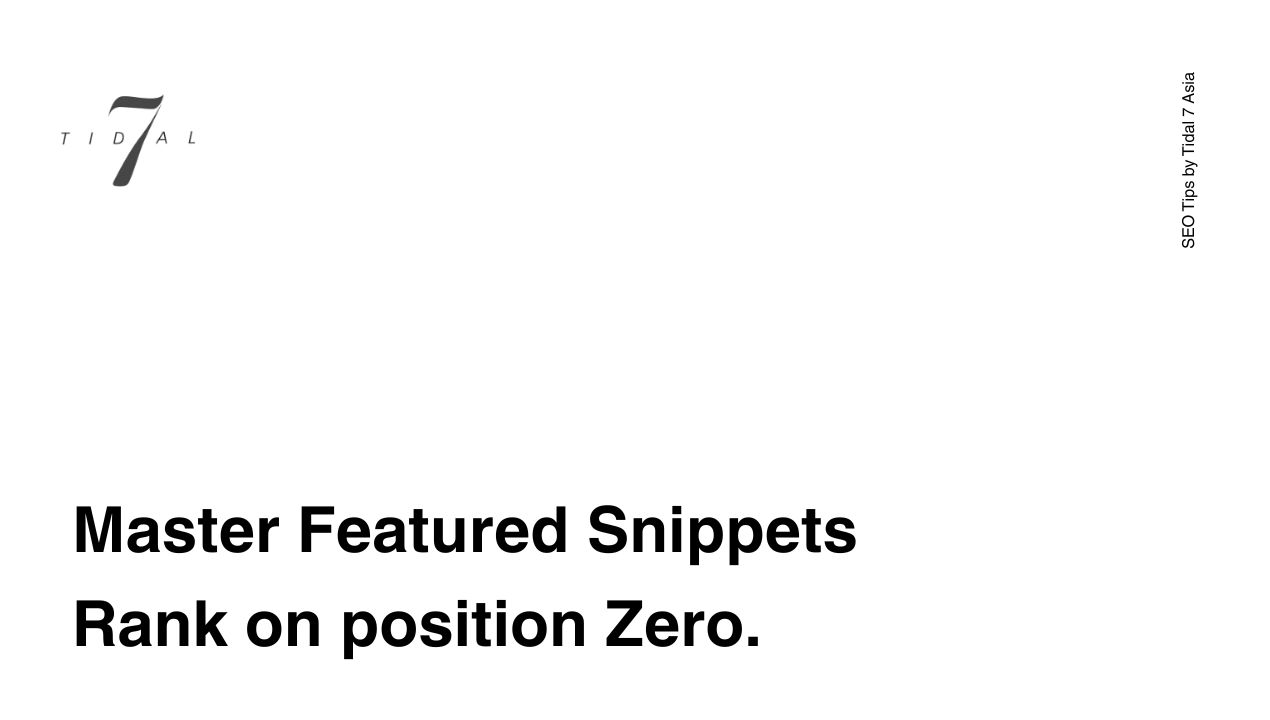
Storytelling in a Noisy World: How to Cut Through the Clutter in 2025
Storytelling in a Noisy World: How to Cut Through the Clutter in 2025
In today’s digital world, consumers are bombarded with an avalanche of brand messages every day. As per the American Marketing Association research, this figure has increased manifold since 2020, posing special challenges to marketers seeking to be heard. In the noisy media environment of 2025, brands that tell great stories are winning, as they concentrate on building fundamental human connections rather than adding to the noise.
The Changing Attention Economy
The landscape of attention has changed dramatically in recent years:
Severe Channel Fragmentation
The media landscape has fragmented more than most marketers anticipated. Brands must now work through multiple different consumer touchpoints, says research by the Content Marketing Institute. This fragmentation means that stories need to function as interdependent systems, rather than as discrete stories.
Faster Content Consumption
Based on Microsoft’s attention study, the threshold for attention of new content has fallen considerably. The speed requires narrative strategies that create emotional connections rapidly but hold the audience.
AI-Generated Content Spread
Stanford University’s AI Index Report indicates that AI-powered content creation has led to a record-breaking surge in content volume. It has paradoxically rendered genuinely human stories that incorporate the vulnerabilities and creative spark that AI cannot replicate even more precious.
Trust as the Highest Priority
With the advancement of audio and visual manipulation in today’s world, consumers have become more skeptical of brand communications. According to Edelman’s Trust Barometer, authenticity is now a key driver of purchasing decisions among most consumers.
The Timeless Appeal of Tales
Neuroscience research persistently reveals the reasons storytelling remains an exceptionally powerful tool for captivating and sustaining attention:
Neural Pathway Activation
When confronted with facts or advertising claims, only our language-processing centers of the brain come alive. But when we read a tale, our minds react as if we are there, witnessing the action. This fascinating phenomenon, known as neural coupling, was uncovered in seminal research by Princeton neuroscientist Uri Hasson.
Multi-Region Brain Engagement
Research appearing in the Journal of Cognitive Neuroscience illustrates that engaging stories stimulate several brain areas at once, producing more robust memory encoding and emotional reaction than communications based on facts.
Mind Synchronization
A Proceedings of the National Academy of Sciences study reveals that in good storytelling, brain rhythms between the listener and the storyteller synchronize—a process called “neural entrainment” that generates more engagement than traditional marketing techniques can.
Storytelling Archetypes That Cut Through
Based on a study of effective campaigns and academic research, certain essential storytelling techniques inevitably exhibit more than average breakthrough rates:
- Human Truth Stories
Narratives that reveal ordinary human experience sound authentic because they speak to intersubjective feeling. Dove’s “Real Beauty” campaign works because it identifies the disparity between ideals of beauty and everyday life.
- Perspective Shifts
Expectation-subverting stories produce a cognitive dissonance that attracts attention. Burger King’s “Moldy Whopper” campaign worked by turning the conventions of food advertising on their head to draw attention to their elimination of preservatives.
- Participatory Storytelling
Films that make the viewer an active participant rather than a passive consumer induce engagement. Netflix’s interactive tales have always recorded much stronger engagement than their linear tales, based on their in-house data.
- Micro-Serial Narratives
Breaking down complex narratives into episodic micro-narratives takes advantage of condensed attention spans while creating cumulative engagement. It has served well in maintaining audience interest over the long term.
- Data-Driven Emotional Stories
Converting abstractions into emotional storytelling makes complicated data easier to grasp. Spotify’s “Wrapped” campaign is a great case because it converts listener data into tailor-made stories individuals willingly share.
- Authentic Vulnerability
Authentic stories with real vulnerability—i.e., brand dilemmas and learning moments—cut through distrust. Patagonia has built trust by telling authentic stories of supply chain dilemmas and environmental footprint.
Practical Storytelling Methods in 2025
To successfully cut through the noise of today, take these practical steps:
Create Story Systems
The best brands have moved away from thinking of narrative as time-compressed campaigns that have beginnings and endings, toward creating long-tail story systems—tied-up narrative worlds that can fluctuate across multiple platforms and unfold over time.
Use Adaptive Narratives
One-size-fits-all stories are ever decreasingly compelling. With analytics and adaptive content platforms, companies are able to tailor narrative pieces to particular contexts and preferences to make experiences relevant.
Embracing Multi-Sensory Storytelling
High breakthrough rate brands tell stories across sensory modalities, and the stories carry over easily across visual, auditory, and interactive elements. They know that different consumers learn in different primary sensory channels.
Map Micro-Moment Opportunities
Rather than focusing on high narrative potential, embracing the everyday, small moments when consumers are most receptive to being messaged can have a lot of impact with minimal resistance.
Enable collaborative writing.
The line between consumer and brand storyteller has blurred. Successful narrative tactics now plan for co-creation, offering frameworks for consumers to meaningfully add to brand stories.
Measuring Story Effectiveness
Traditional engagement metrics don’t usually capture the real impact of a story. More advanced measures are:
When combining engagement time with intensity indicators to estimate the depth of attention.
Assessing how effectively stories spread beyond initial touchpoints.
Tracking the precision and length to which customers remember significant narrative information.
Measuring emotional response and narrative transportation
The Ethics of Breaking Through
With more sophisticated attention-getting strategies, ethical issues play an even more significant role. The idea of “Respectful Breakthrough” is to attract attention without exploitation by:
Listening back with real value rather than psychological manipulation.
Having clarity on business objectives.
Respecting cognitive boundaries rather than exploiting vulnerabilities
Creating stories that are worth telling rather than fabricating artificial virality
Looking Ahead
Upcoming trends that will probably influence how brands break through noise in the future include:
Spatial narrative in augmented reality spaces
AI-created tailored narrative segments
Advanced measurement of neural engagement
Distributed networks of brand, creator, and consumer stories
The modern marketing paradox is that as the means of reaching consumers increase, it is harder to build a real relationship with them. By 2025, the din has made interruption marketing less effective; but the human craving for real stories persists with an amazing ferocity.
The future of breakthroughs is not in more messages or louder messages; it is in the art of storytelling that counts—stories that honor attention as a precious commodity and pay it back with genuine meaning and value. The brands that will thrive will not be the ones that devise clever new ways to break through consumers, but those that have such compelling stories to tell that consumers openly make time to hear them.




